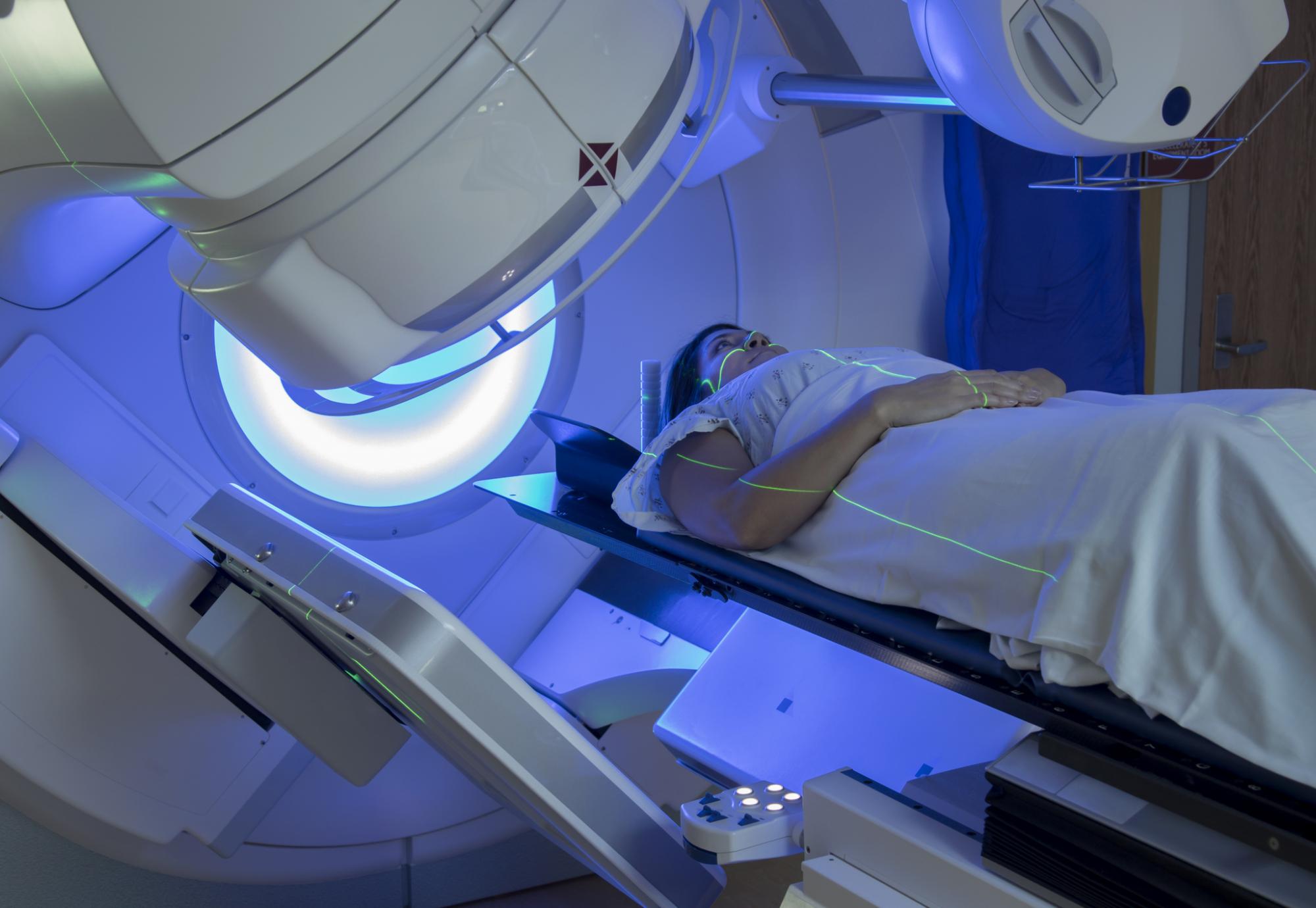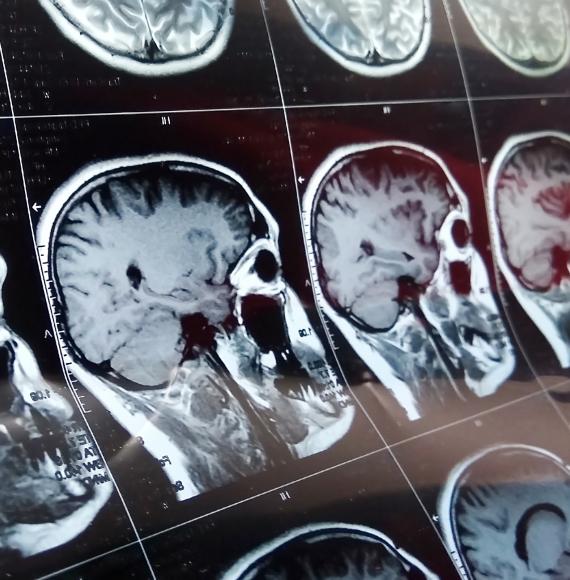A new laser technique which uses intense beams of atomic nuclei such as carbon could now be used to accurately target tumour cells in cancer patients that are resistant to other methods such as radiotherapy.
Researchers have discovered an improved method for creating carbon beams which involve the use of extremely short pulses which are then aimed at ultrathin targets.
The new method is expected to deliver the dose of radiation over a much shorter period in comparison to more traditional techniques such as radiotherapy and x-rays, which release radiation to the tumour over several minutes. This has also been proven to reduce the damage to healthy cells around the tumour due to a more targeted approach.
Professor Marco Borghesi, from the School of Mathematics and Physics at Queens University said: ‘This is very innovative and important in advancing the science behind cancer treatment.’
‘A current, promising development in radiotherapy is the ‘FLASH’ approach where radiation is delivered in short, intense bursts.’
‘This leads to reduced side effects and potentially more effective treatment.’
‘There is therefore great interest in investigating the response of human cells, healthy and cancerous, after exposure to ultrafast ion irradiation.’
Currently this process has not been tested on ions larger than protons, despite heavier ions like carbon nuclei being very effective against various tumour types.
The laser works by rapidly accelerating ions at an ultrathin target. The pulse then vaporises the material and creates a plasma of charged particles that the laser then accelerated on the far side of the target.
Aodhan McIlvenny of Queen’s University Belfast and his colleagues have found that a careful choice of the target thickness is vital to the success of the new technique. ‘Using the GEMINI laser at the Rutherford Appleton Laboratory in the UK, the researchers directed 40-femtosecond laser pulses onto targets of amorphous carbon, which contains hydrogen on its surface as a contaminant. Using targets ranging in thickness from 2 to 100 nanometers, the team focused the laser onto a spot roughly 3 micrometers in diameter. The plasma created in this material contains two species of ions—bare carbon nuclei and protons—which the team detected downstream.’
Further tests showed that a thinner target produces more energetic ions as the laser has a smaller mass of ions to accelerate but if the target is too thin there is a risk of the laser passing through with no radiation pressure.
The researchers involved in the finding of the new technique which could be used on cancer patients in the future have said they hope they can refine the methods so that it can become a more efficient cancer treatment.
Nigel Woolsey. plasma physicist at the University of York says: ‘This is an exciting result, typically, everything we try to accelerate is contaminated with hydrocarbons. But this research demonstrates a way to remove the hydrogen from the target.’



















